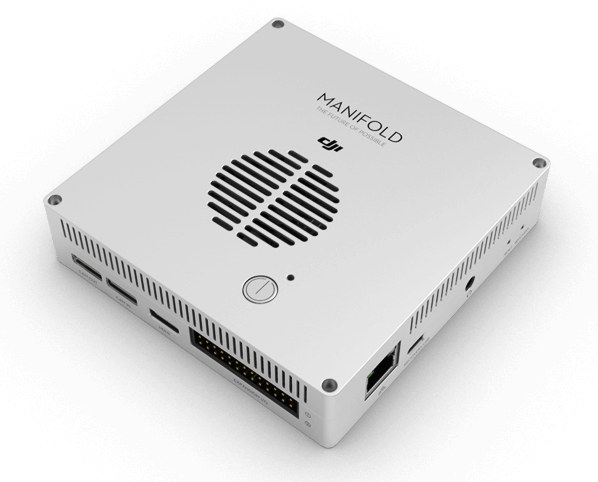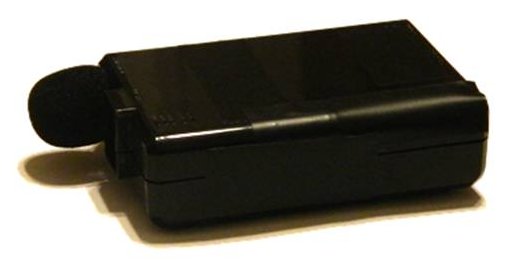DJI is known for their high-end drones such as Phantom 3 quadcopter, but the company has now launched Manifold mini PC powered by Nvidia Tegra K1 quad core Cortex A15 processor and running Ubuntu 14.04 in order to allow developers run their own applications performing complex computing tasks and advanced image processing “on the fly”. DJI Manifold specifications: SoC – Nvidia Tegra K1 quad core Cortex-A15 processor @ up to 2.2 GHz with 192-core Kepler GPU System Memory – 2GB DDR3L Storage – 16GB eMMC 4.51 flash, micro SD slot Video Output – mini HDMI port Audio I/O – mini HDMI, combo audio jack for microphone and headphone Connectivity – Gigabit Ethernet port USB – 2x USB 3.0 ports, 2x USB 2.0 host ports, 1x micro USB port (supports Force Recovery mode and Host mode) , and a non-standard USB 2.0 interface with the drone. Camera – Camera In and […]
Embedded Linux Conference 2015 Schedule – IoT, Cars, and Drones
Embedded Linux Conference 2015 will take place in San Jose, California, on March 23 – 25, 2015, and will focus on Drones, Things and Automobiles. The schedule has been published, and whether you’ll attend or not, it’s always interested to have a look at what will be talked about to have a peak into the future of Embedded Linux, or simply keep abreast with the progress in the field. So as usual, I’ve gone through the schedule, and made my own virtual program with talks that I find interesting. Monday 23rd 9:00 – 9:30 – Driving standards and Open Source to Grow the Internet of Things by Mark Skarpness, Director of Systems Engineering at Intel Billions of devices are beginning to come online, and many of these devices, large and small, are running open source software. To fuel this innovation, it’s more important than ever for these devices to use […]
DroneShield – Raspberry Pi Powered Drone Detector
In case you are wary of having drones, such as RC helicopters, quadrotors…, flying around your house and invading your privacy, DroneShield can help you detect consumers’ drones by using a Raspberry Pi, a microphone and FFTW library, a C library for computing the discrete Fourier transform. The device will capture the audio with the microphone, analyze the noise spectrum of the drone flying around, and search for an entry in a signature database, and if a match is found the device will then send an email or SMS to inform you of the “invader”. There are complex challenges to overcome, or limitations, with this method, as any background noise will affect the detection, and drone emitting little noise or flying at high altitude won’t be detected. Spectrum analyses should however help avoid false positives such as a loanmowers and leafblowers as those emit a different kind of noise.They also […]




